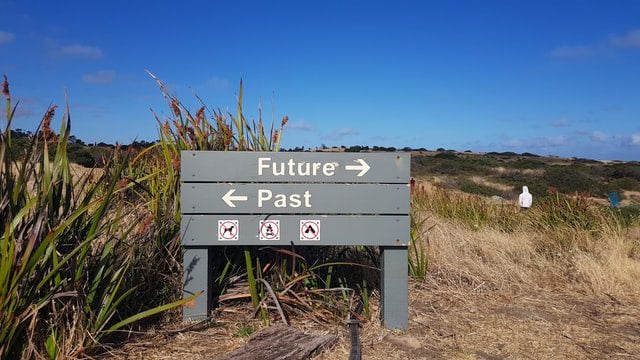Some investors believe that by looking at a market’s growth trend in the past five years, they can forecast its growth in the coming years. Put it another way, if a market has been growing fast for five years to date, it should be doing equally well in the next half-decade; and if a market did not achieve strong growth in the past five years, it’s hard for it to grow well moving forward.
That is what many investors have been doing in practice. They might say that five years of continuous growth has made a high-pressure market, and high pressure equals low risk.
So, how well does it work? Is it an effective strategy? We decide to dive into the national market data for the last 10 years (2012-2021) to find it out.
Let’s first test it with Greater Capital Cities. Among all capital cities, Sydney achieved 64.7% growth from 2012 to 2017, which is the highest among all the capital cities. On the contrary, Hobart only reached a 14.1% over the same period, which is one of the lowest.

If one believes that sound growth trends in the past five years indicates a good growth in the near future, they would invest in Sydney, where they are expecting this very strong 12.9% annual growth to continue ahead, instead of the poorly performing Hobart.
Did things go as they expected? Let’s have a look at the data for the next few years.


Data shows that in the next four years up to 2021, Sydney market experienced a slump and only made an average of 3.7% annual growth. In the meantime, Hobart market started growing increasingly fast in 2018 and has achieved a phenomenal 13.8% average annual growth over the four years.
If the capital cities do not necessarily follow the rule, how about the regional towns? We have selected two regional areas, Kiama-Shellharbour of New South Wales and Shepparton of Victoria, to test.
From 2012 to 2017, Kiama-Shellharbour grew strongly and achieved 61.5% growth; On the contrary, Shepparton’s median house price only rose by 11.8%. So as an investor, if you like to buy based on the past five years’ performance, you would not be putting your money in Shepparton.

Did you make the right choice? Let’s see how these two regions grew over the next four years.


Kiama-Shellharbour’s growth slowed down in 2018 and even fell a bit before the recovery in 2021. It only achieved an average of 3.5% annual growth, less than one-third of the previous five years’ figure.
On the other hand, Shepparton more than tripled its annual growth rate from 2.4% to 7.8% and achieved an impressive 31.4% growth in four years.
Now we can confidently tell that a 5-year strong growth cannot guarantee an equally strong growth for the next few years, and average performance over five years does not stop a city from growing impressively in the coming years.
That is not surprising because every market moves in a cycle, with both booms and slumps. It’s unusual for a market to keep double-digit growth for ten years in a row, and vice versa. So don’t you think it’s unfair to expect a market to grow in the coming five years at the pace as the past five? “That’s too much pressure on me!” said an unnamed booming market.
Therefore, while it is smart to buy in high-pressure market for the low risk, it is smarter not to be obsessed with long-term high-pressure record.
It is more likely for you to enjoy high growth when you enter a market in the early phase of pressure accumulation, instead of entering a market after half a decade’s strong growth, when it may start to slow down.
How can we identify high-pressure markets in the early phase? We use market indicators.

One indicator’s move alone might not mean anything to market pressure. For example, increasing monthly sale volumes could indicate higher demand, or it could be just because of a large amount of new house supply. However, when you see many of the indicators simultaneously showing signs of higher pressure for months, you may want to check that market out.
In a nutshell, five years growth trend cannot determine anything for the next five years, so don’t get caught up in the past. It is wiser to read recent data and interpret market indicators to identify high-pressure markets in an early phase.
.svg)
